Goldman Sach’s announced that it is selling its Personal Financial Management Unit. The group manages about $29 billion of assets for high-net-worth clients. Per the Wall Street Journal- “We are currently evaluating alternatives for that business,” Goldman said. “We expect to find an outcome that benefits both our clients and our advisors.” $29 billion is an awful lot of money. But, in the grand scheme of things, it is a relatively small part of Goldman Sachs. Goldman Sachs manages north of $2 trillion.
Goldman Sachs is not elaborating on why they are selling the unit, but they are exiting other businesses aimed at individual investors and borrowers. The question left for shareholders and market participants is why they are exiting such a lucrative business. Consider that the value of the high net worth investment manager is a function of its assets under management. If the market continues to rally, those assets are likely worth more, and Goldman Sachs can, in turn, fetch a higher price for its sale down the road. Might the executives at Goldman Sach be worried that markets are peaking and trying to get out of this unit at the most opportune time?
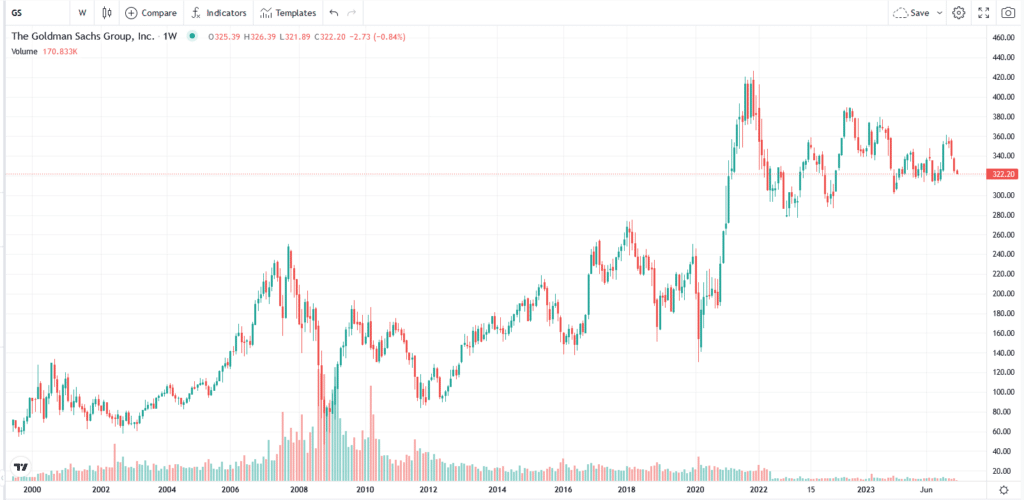
What To Watch Today
Earnings

Economy
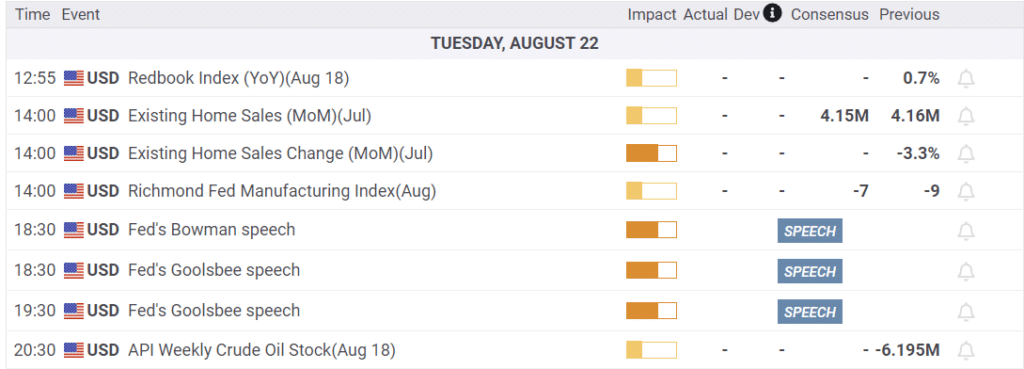
Market Trading Update
As we discussed last week, the market was oversold enough short-term to rally. After a bit of tough going Monday morning, the market rallied nicely into the end of the day. That’s the good news. The not-so-good news is that the rally was the return of the “Magnificant 7” driving the returns. However, a rally is a rally, and from the broad market perspective, that was needed following the last two weeks of selling. We are still looking at this particular rally as an opportunity to rebalance risk and allocations to prepare the portfolio for the end-of-year performance chase.
Several Fed speakers are on deck today ahead of the Jackson Hole summit, so we could certainly see some short-term volatility if they are more “hawkish” than the market is anticipating. Keep some powder dry for now. We are still on a sell-signal which will limit the potential upside.
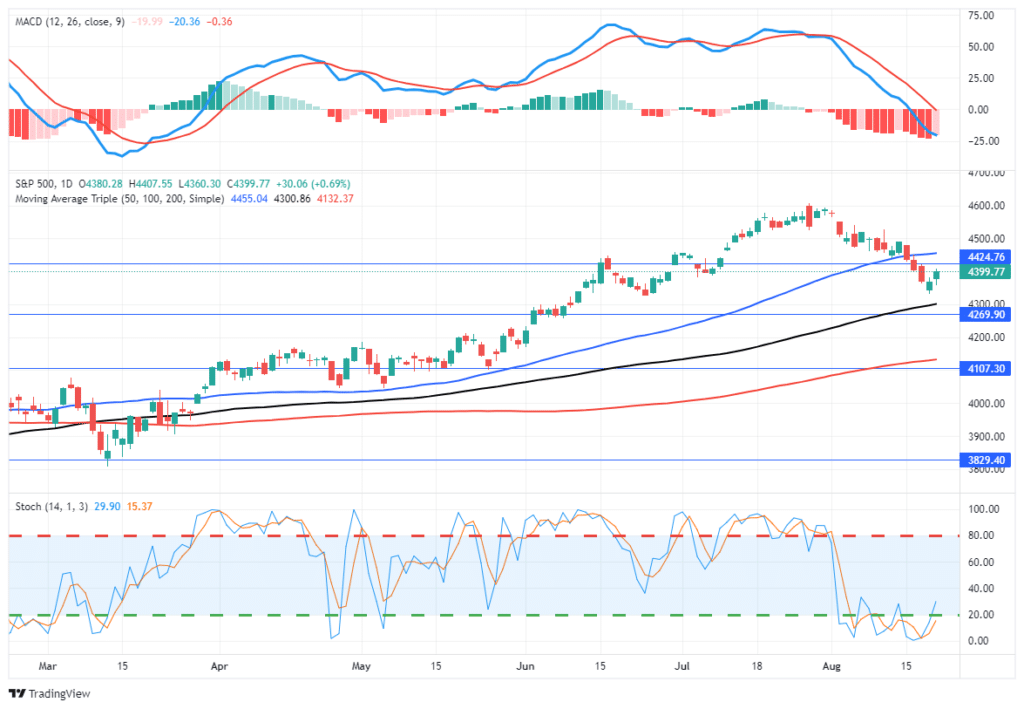

Is Fed Policy Shifting To Higher For Longer Forever?
The Fed uses the “higher for longer” mantra to describe their expected short-term interest rate path for Fed Funds. Might this mantra be a much longer-term prescription than investors realize?
Nick Timiraos opines in his latest article, Why The Era of Historically Low-Interest Rates Could Be Over. His article focuses on an economic term called the neutral rate. The neutral rate is the interest rate at which the supply and demand of savings are in equilibrium. Such a rate is theorized to lead to economic stability. Per the article:
First described by Swedish economist Knut Wicksell a century ago, neutral can’t be directly observed. Instead, economists and policy makers infer it from the behavior of the economy. If borrowing and spending are strong and inflation pressure rising, neutral must be above the current interest rate. If they are weak and inflation is receding, neutral must be lower.
For more on Wicksell’s theory, please read our article Wicksell’s Elegant Model. As we write:
The natural rate is the combined growth of the working-age population and the growth in productivity. – (the netural rate is often referred to as the natural rate)
The WSJ article implies that some Fed members believe the economic growth rate is no longer downward and has shifted higher. We argue the opposite. An even more indebted economy, worsening demographics, and few signs that productivity is materially improving entail the downward pre-covid trends will continue.
A higher neutral rate implies the Fed would keep the long-term average Fed Funds rates higher than otherwise. While that may concern some bond investors, Powell doesn’t put much credence to the neutral rate. To wit from the WSJ article:
Fed Chair Jerome Powell has in the past warned against setting policy based on unobservable estimates such as neutral, which he compared to navigating by the celestial stars… “I don’t see us as having a really clear and precise understanding of what the neutral rate is and what real rates are,” Powell said.
After Nick presents both sides of the debate, the last paragraph of the WSJ article seems to align with our views on the topic.
But as savings run out and debts have to be refinanced at higher rates in the coming years, activity could slow—consistent with a neutral rate lower than it is now.
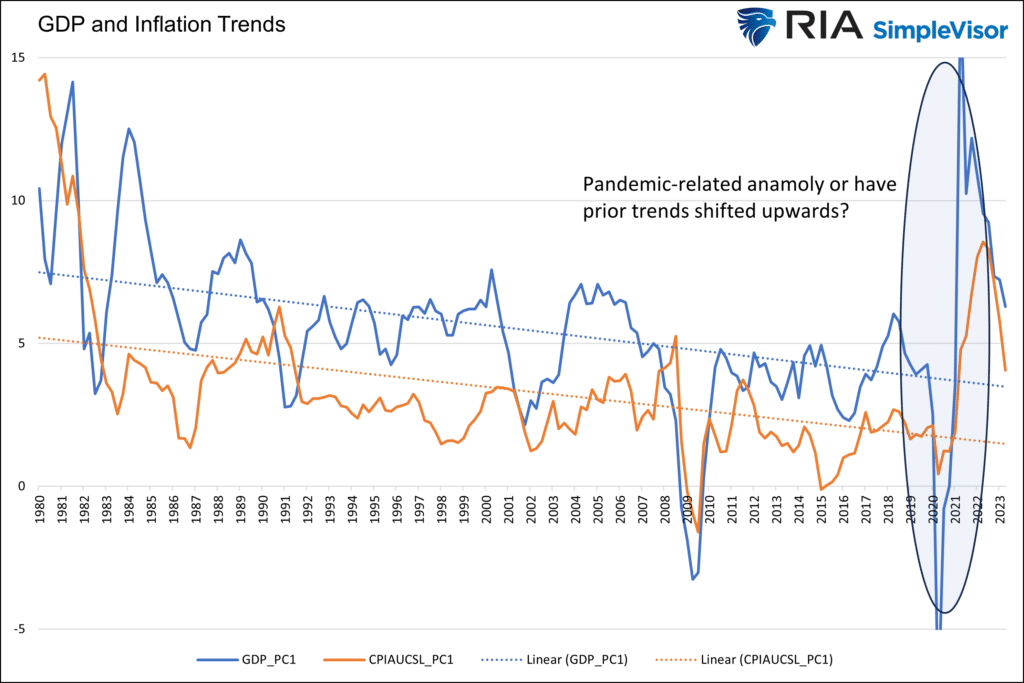
Housing Affordability Hits Record Lows
The graph below shows that housing affordability for first-time homebuyers is at a 40-year low and likely an all-time low had the index been kept prior to 1986. The recent spurt higher in interest rates coupled with house prices that have stopped rising but remain at record highs is making it extremely difficult for homebuyers. Further, making matters worse, many current homeowners with low-rate mortgages find it financially challenging to sell their houses. Consequently, the supply of existing homes is meager. Thus, home sellers still have leverage over buyers despite very high mortgage rates and prices.
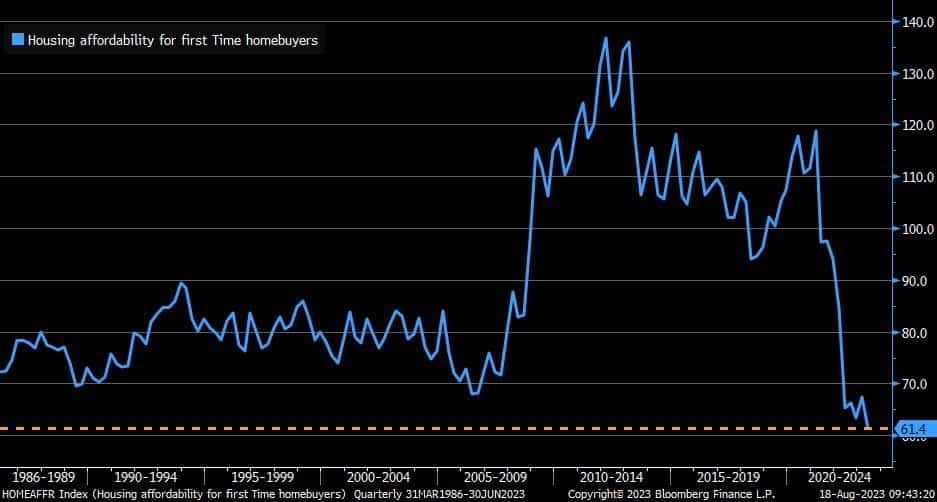
Tweet of the Day

Please subscribe to the daily commentary to receive these updates every morning before the opening bell.
If you found this blog useful, please send it to someone else, share it on social media, or contact us to set up a meeting.
Also Read

















